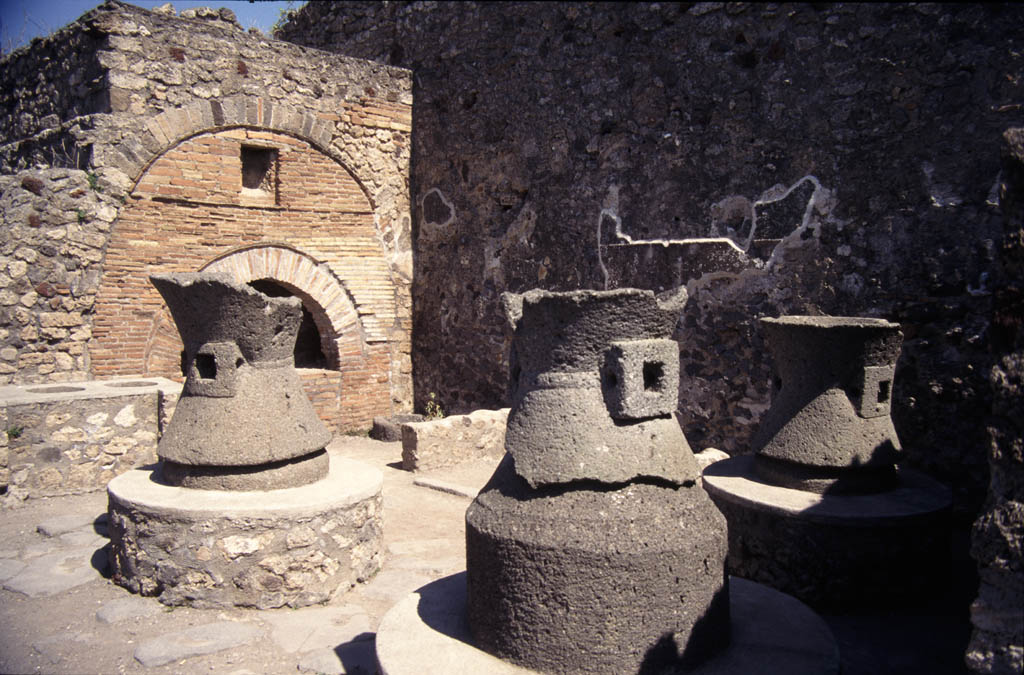Pompeii, an ancient city located near modern-day Naples in Italy, has fascinated historians, archaeologists, and tourists for centuries. Buried under volcanic ash and pumice after the catastrophic eruption of Mount Vesuvius in 79 CE, Pompeii offers a unique snapshot of Roman life frozen in time. Despite extensive excavations, many mysteries about this ancient city remain. Here, we delve into some of the most intriguing aspects of Pompeii.
The Villa of the Mysteries
One of the most captivating sites in Pompeii is the Villa of the Mysteries. This well-preserved Roman villa is renowned for its stunning frescoes, which are believed to depict the initiation rites of a mystery cult, possibly dedicated to Dionysus, the god of wine and ecstasy. The frescoes, which adorn three walls of a room, show various figures engaged in ritual activities, including dancing, drinking wine, and even a scene of ritual flagellation. The exact meaning of these frescoes remains a subject of scholarly debate, adding to the allure and mystery of the villa.
Ancient DNA Secrets
Recent advancements in genetic research have allowed scientists to extract DNA from the remains of Pompeii’s victims. This groundbreaking work has provided new insights into the lives of the people who lived there. For instance, researchers discovered that one of the victims had tuberculosis, identified through DNA analysis. This finding sheds light on the health conditions prevalent in Pompeii at the time. Additionally, genetic markers found in the DNA suggest a high level of genetic diversity among the inhabitants, with some markers common in people from Sardinia. These discoveries help paint a more detailed picture of the population’s health, diet, and origins.
Unanswered Questions
Despite the wealth of information uncovered through excavations, many questions about Pompeii remain unanswered. The exact sequence of events during the eruption of Mount Vesuvius is still not fully understood. While it is known that the eruption began with a column of volcanic ash and pumice, followed by pyroclastic flows, the precise timeline and impact on the city’s residents are still subjects of research.
Another mystery is why some residents did not attempt to flee during the eruption. Various theories have been proposed, including the possibility that some people were unable to leave due to health conditions or that they did not perceive the immediate danger. The suddenness of the eruption and the lack of prior warning likely contributed to the high casualty rate.
